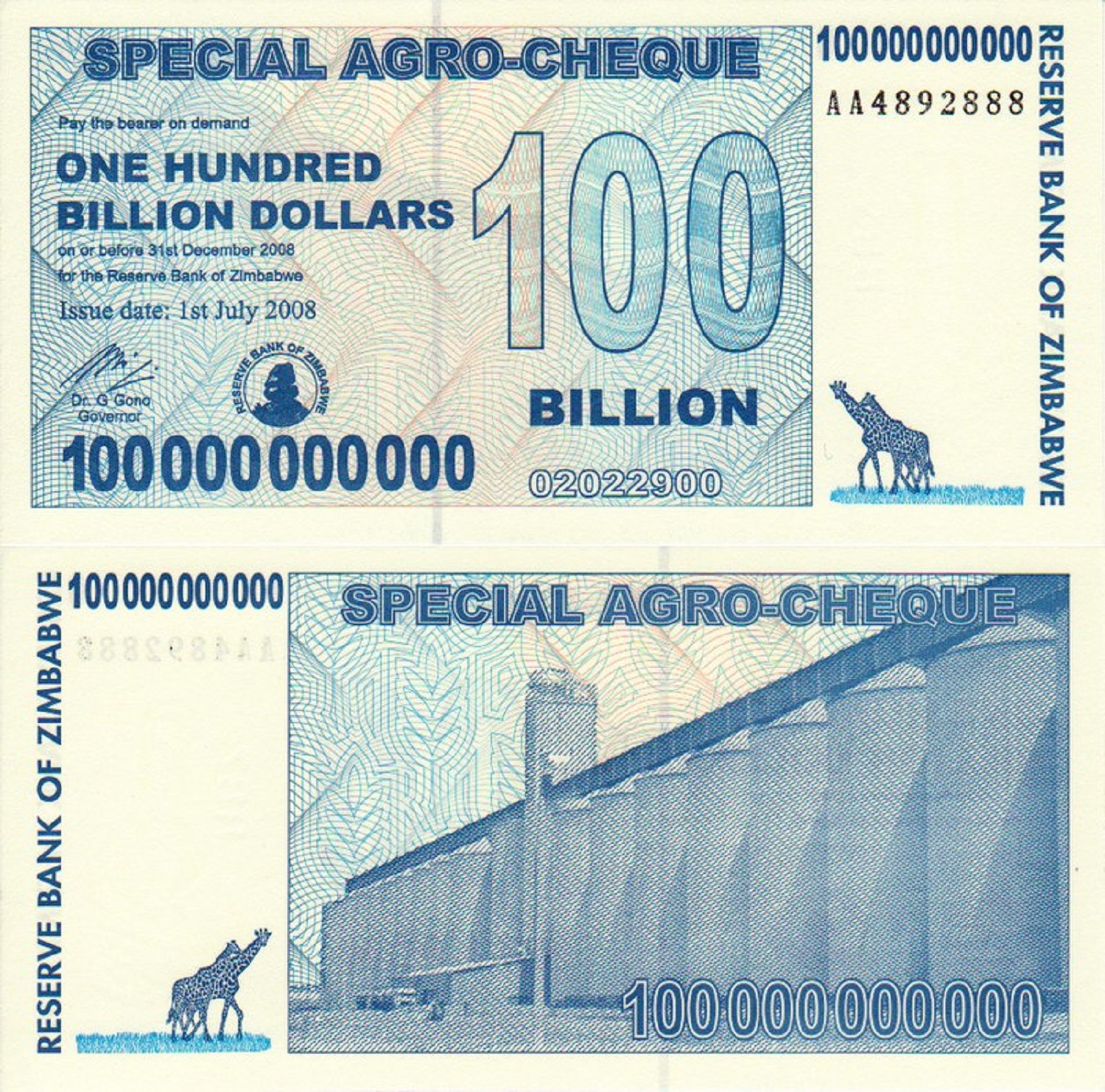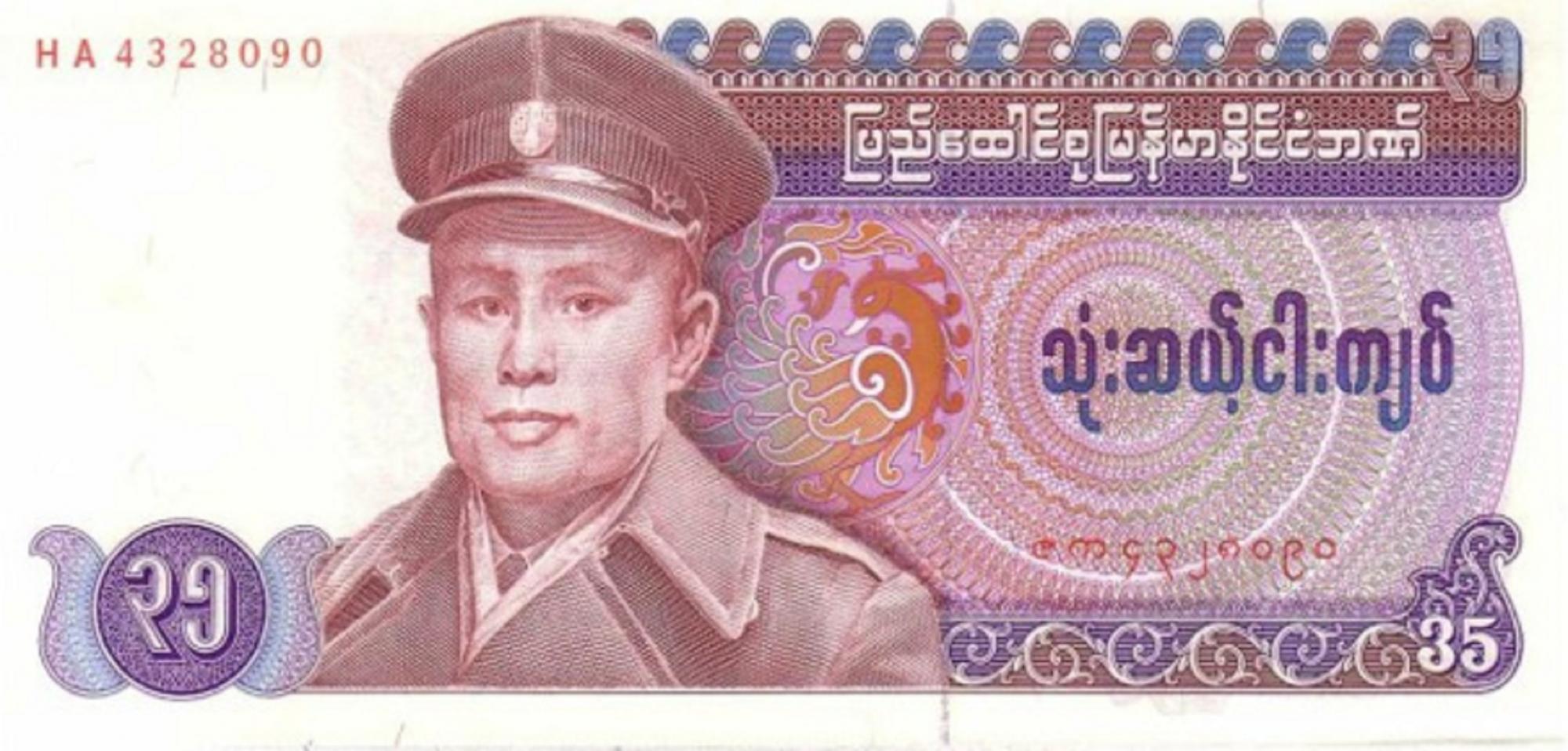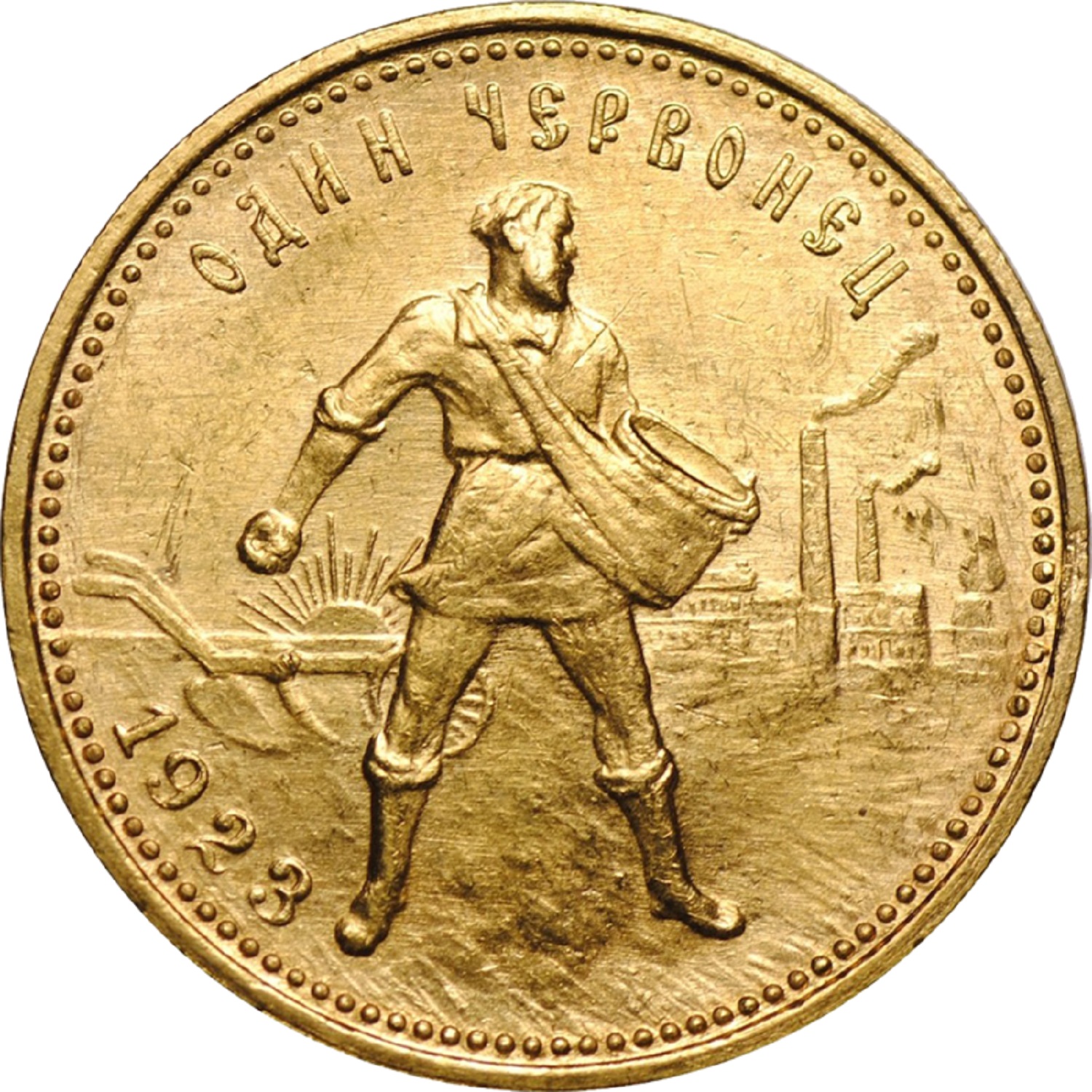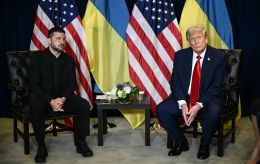Weirdest currencies on Earth: You won't believe these were real
 In which countries the world’s strangest money exists (photo: Freepik)
In which countries the world’s strangest money exists (photo: Freepik)
Money has long ceased to be solely a means of exchange and has become a cultural, political, and even artistic phenomenon. Some banknotes are made of plastic, others are decorated with marriage advertisements, and even those weigh several kilograms. Here are some of the most interesting and unusual facts about money worldwide.
The first money and unexpected materials
The first coins in the world appeared in the 7th century BC in modern-day Libya. In the 19th century, skin was used as currency instead of regular banknotes in Alaska. And in the modern world, money paper is often made from cotton and linen to make it more durable.
Advertisements on banknotes
Paper money first appeared in China around the 5th–6th century. This country still maintains unusual traditions: sometimes, marriage announcements are on its banknotes.
Today, China is also a leader in producing hefty coins, such as five-kilogram coins.
Hyperinflation in Zimbabwe
In the 2000s, Zimbabwe recorded more than 321 million percent annual inflation. The country's money lost its value so much that it was forced to switch to US dollars. At the peak of the crisis, banknotes with denominations in the trillions were issued.
 Banknote of 100 billion Zimbabwean dollars (photo: Wikipedia)
Banknote of 100 billion Zimbabwean dollars (photo: Wikipedia)
The dollar is not just American
The name "dollar" is used in 27 countries worldwide, although the currencies may differ significantly. The dollar symbol $ appeared even before the American currency—it was used for the Spanish peso.
At the same time, US banknotes are accepted in almost every corner of the world, even where the dollar is not the official currency.
Interesting bans and rules in the USA
In the United States, depicting living people on banknotes is strictly forbidden. Interestingly, about two-thirds of all US dollars in cash circulate outside the country. At the same time, most counterfeit dollars are discovered in North Korea.
Unusual denominations and playing card money
In the 1980s, Burma issued banknotes in denominations of 35, 45, 75, and 90 kyats—figures completely unusual in the global monetary system.
And in colonial Canada, the first banknotes were regular playing cards. They were stamped and used as a means of payment.
 Banknote of 35 Burmese kyats (photo: Wikipedia)
Banknote of 35 Burmese kyats (photo: Wikipedia)
Unusual materials and modern technologies
Banknotes in Australia, Thailand, and New Zealand are made from polymer, which makes them durable and water-resistant. This is a shift toward a more modern and wear-resistant format of money. Today, hundreds of digital currencies exist worldwide, from Bitcoin to local tokens.
Ukraine's monetary history
In 1996, after a monetary reform, Ukraine introduced the hryvnia, which replaced the temporary coupon-karbovanets. This transition was an important step toward economic stability after gaining independence. The hryvnia remains the main symbol of the country's national currency.
Precious money
In the USSR, gold coins called chervonets were issued. These coins had real value and were used in both domestic and foreign trade.
They retained their value regardless of inflation. Today, such coins are rare collectibles and of historical significance.
 Gold chervonets (photo: Wikipedia)
Gold chervonets (photo: Wikipedia)
Young but influential currency
The euro is considered the youngest among the world's currencies, but it already has the status of one of the strongest. The most popular European banknote is the 500 euro bill. Like the other denominations, its design is inspired by different architectural styles from antiquity to modern times.
Sources: Rarest, TripAdvisor, and Wikipedia.

